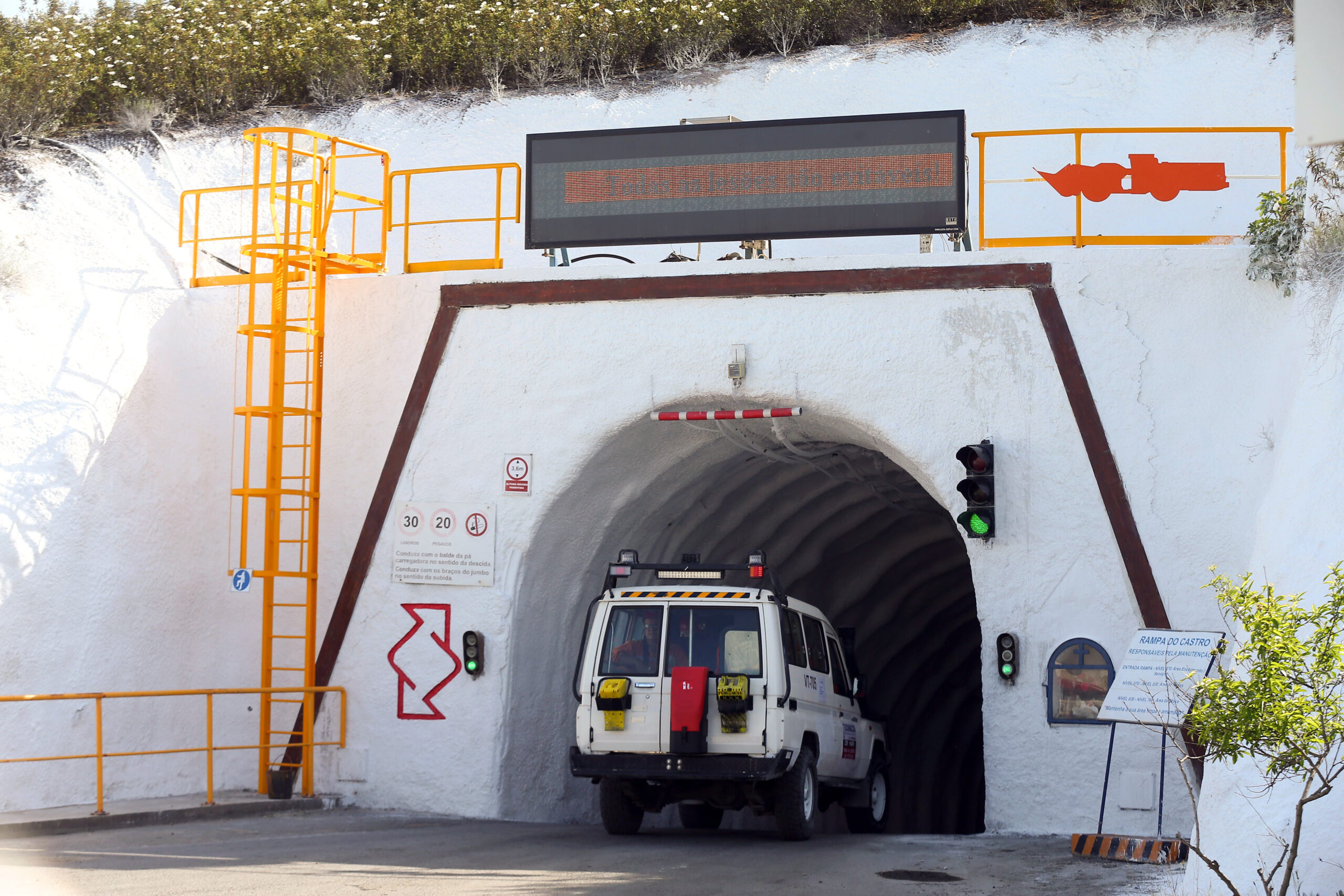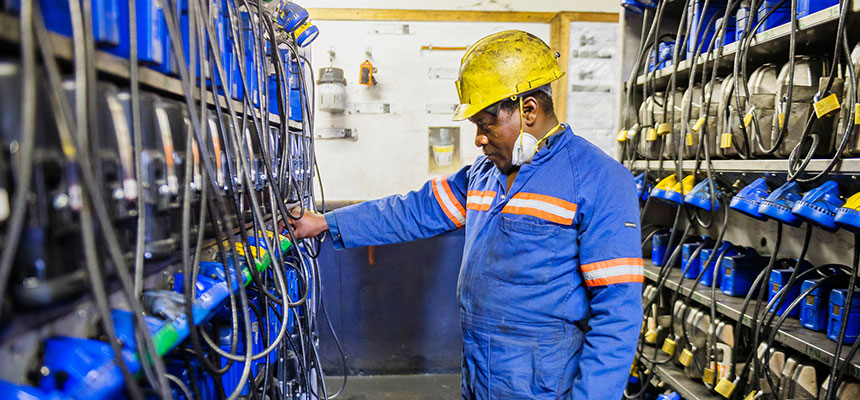
Steve Todoruk, a mining veteran who joined Rick Rule in 2003 at Sprott Global Resource Investments Ltd. says he’s seeing some key similarities between today and the last big bear market for resource stocks, which lasted from around 1998 to 2001. Many of today’s mining legends made their reputation and their fortune during that time.
The last time we saw this happen was in the late 1990s.
Gold was around $300 per ounce; silver was near $6; and copper was $0.60 a pound.
Commodity prices had fallen so much that big miners were producing near or below the sale price of their product. In some cases, the more they produced the more money they lost.
Many mines had been shut down or were in the process of closing due to their inability to produce a profit.
Copper miners needed around $1.10 per pound to make a decent profit. At $0.60 these companies were losing their shirts.
In the gold space, Goldcorp was one of the very few miners to eke out a small profit because they had only one mine, which happened to be one of the richest high-grade gold mines in the world.
Today, most industry experts believe that the ‘all-in sustaining cost’ to produce one ounce of gold is somewhere between $1,000 and $1,300. The all-in sustaining costs include all the costs of running current mining operations plus cash spent finding new ounces to replace mined reserves. Gold is trading around $1,200 right now, which means that most companies are probably losing money or breaking even. Few are making any kind of a profit.
An important difference between the late 90s and today is the amount of hedging. In the 90s, companies often sold their gold forward (hedged), so when gold prices fell to $300, they had pre-sold a lot of their production at over $400 per ounce -- enough to keep many mines open that would have almost definitely been shut down otherwise.
Over the last decade, investors demanded full exposure to a rising gold price as the reason to buy shares in producing miners. Companies listened and almost all eventually got rid of their hedging agreements. Few or none of the big producers hedge any gold to speak of.
As a result, gold miners today don’t have the benefit of having hedged some of their gold production at higher prices. They have to sell their production at the current market.
One temporary measure they can use is to mine only the high-grade areas of their deposit, but that game cannot last long and can greatly reduce the long-term production potential of a mine.
Throughout my life, I’ve been through 5 cycles in commodity prices, which correlate to bear markets and bull markets in mining stocks. Some cycles are more dramatic than others, but they all pretty well play out in the same way. You see a decline in the prices of the commodities and the share prices of the producers, followed by a rise in commodity prices and rising share prices.
In the late 1990s, the miners needed to start making money if the world economies wanted to continue having a supply of metals. This would also make money available for exploration of new deposits of gold, silver, copper, uranium, or other metals.
Smart investors bought shares in some of the miners since they stood to make money if commodity prices went up. They also bought up exploration companies with deposits that would increase substantially in value if metals prices rose. One of these companies was Bob Quartermain’s Silver Standard Resources (SSRI).
Ross Beaty of Pan American Silver (PAAS) was one of the ‘smart investors’ in the space. He went out and acquired a number of copper deposits that he believed were cheaply priced, and he was well-rewarded. My boss Rick Rule started his first two Limited Partnerships in 1998 and 2000, buying shares in companies like Silver Standard and Pan American Silver, to the delight of his investors when commodity prices started to rise in the early 2000s.
Today may offer a similar opportunity for investors. The miners are hurting. Mines may soon start shutting down, and that pain is also killing junior mining stocks.
There always will be a mining industry. The world needs the metals. The world also needs the junior miners since they make most of the discoveries which the majors end up turning into mines. Some companies will therefore survive – but probably not all.
One indication that a company may be viable is its ability to continue to raise funds in a bear market. On the other hand, the companies that cannot raise money tend to go quiet. They slow down or become inactive. Some merge with other companies or get bought out, and some simply close up shop.
It’s time to respond like we’re right back in the 90s. Just like the ‘smart investors’ of that period, we want to choose the survivors that could become much more valuable if metals prices rise.













